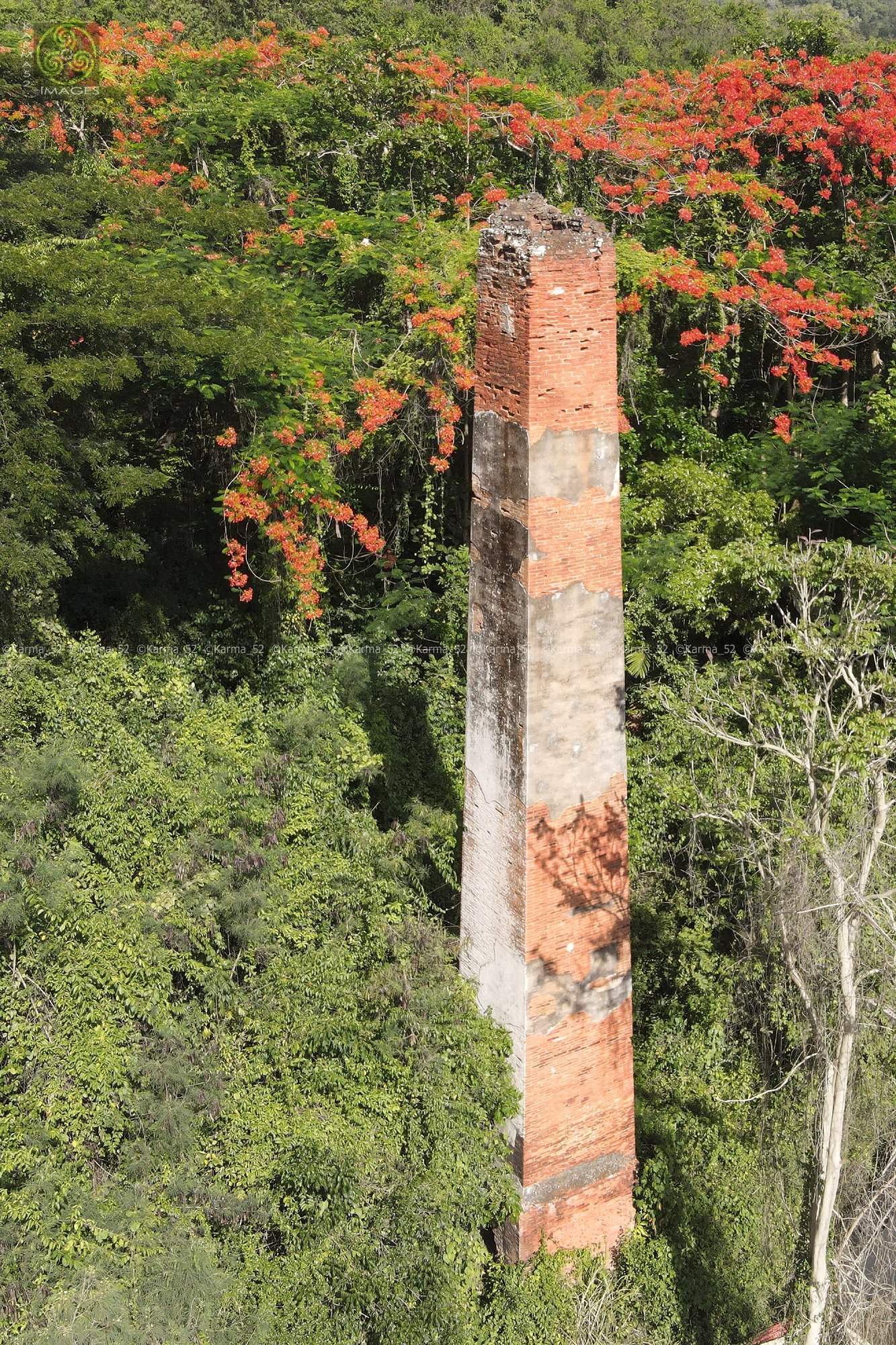
Hacienda Santa Rosa
Some reports state that Hacienda Santa Rosa was built ca. 1842 and that its original owner was Maximiliano de Rivera. José Ferreras Pagán in his 1902 book Biografía de las Riquezas de Puerto Rico states it was established in 1872 by Pablo Curbelo and in 1892 was acquired by Ramón Millán[1] who was its owner in 1902. El Nuevo Dia newspaper edition of December 9, 2009, states that on June 10, 1879 José Ignacio Corujo y Arcas sold Hacienda Santa Rosa for $10,000 to Spanish immigrant from the Canary Islands Pablo José Curbelo Gonzalez (1840-1880 ) who in the 1872 Slave Register appears as owner of seven slaves in Barrio Pueblo of Hatillo. Curbelo Gonzalez was married to St. Thomas born Luisa Waterson Hinez (1832-1924). The newspaper also states that in 1880 the hacienda consisted of five hundred four cuerdas and produced muscovado sugar and molasses for local consumption.
Spanish immigrant from Mondoñedo in Lugo Province Ramón Millán Samaniego (1828-1888) acquired the hacienda from Curbelo’s estate sometime between Curbelo's death in 1880 and Millan’s death in 1888, however, the exact date is unknown. The Millán and Curbelo families were related by marriage. On December 17, 1902 José Ramón Millán Rivera (1879-1907), son of Ramón Millán Samaniego and his wife Cristina Rivera Dávila, married Rosalía Hernández Curbelo (1884- ) the daughter of José Hernández Curbelo and Maria Asunción Curbelo Mercado (1850-1937) and granddaughter of also Spanish immigrant from the Canary Islands Alejandro Curbelo. It is reported that of the eight surviving children born from the marriage of Ramón and Cristina, Hacienda Santa Rosa was inherited by his daughters Vicenta Millán Rivera (1877-1940) and Rosalina Millán vda. Niel (1868-1966).
By 1902 the hacienda consisted of four hundred seventy cuerdas of which one hundred fifty were used to grow sugarcane. The Camuy River divided its lands which spread between the municipalities of Hatillo and Camuy and consisted of low lands suitable for growing sugarcane, rolling hills to grow pasture and unused mountain slopes. It was located on the banks of the Camuy River which is the natural boundary between Hatillo and Camuy. The beautiful manor house that Ferreras Pagán describes with so much eloquence, was a landmark in Hatillo until around 1999 when its was destroyed by a fire.
The drone photos were taken in 2022 by and made available courtesy of Carlos Alemán.
_______________________________________________________________________________
[1] It is understood that Ramón Millan referred to by Ferrera Pagán was José Ramón Millan Rivera the son of Ramón Millán Samaniego who died in 1888.

